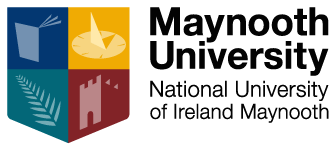MAYNOOTH UNIVERSITY'S SHORT-TERM PROGRAMS IN FORENSIC ANTHROPOLOGY!
Take one of our three Forensic Anthropology short-term programs throughout the academic year!
Click the link below for more details on the program that suits you best!
SPRING FORENSIC PROGRAM
March 9th to 15th 2025
SUMMER FORENSIC PROGRAM
August 17th to August 23rd 2025
JUNE PHYSCIAL ANTHROPOLOGY PROGRAM
June 8th to June 21st 2025

